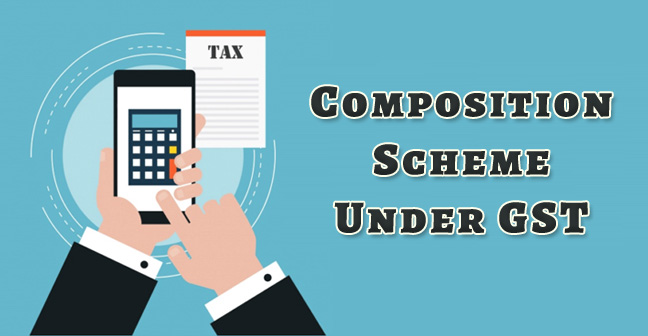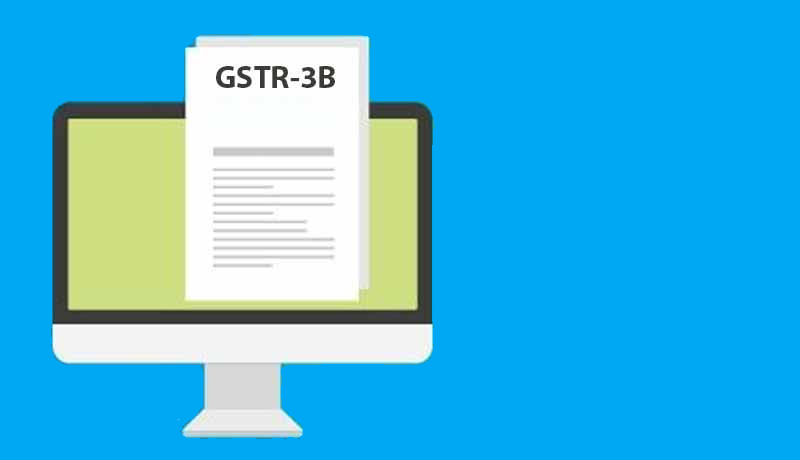“The QR codes are definitely not happening on October,1 but the e-invoice scheme and Rs 500 Crore turnover related notification should be out by next week and the industry can start working on as everything is ready, the FAQs and circular will be issued at the earliest” said Yogendra Garg, Principal Commissioner (GST-I), GST Polcy Wing, CBIC in an ASSOCHAM e-Conclave on 3 years of GST-Further streamline needed?”
In this regard it is pertinent to note that in November last year, the GST Council had decided that from April 1, 2020, electronic invoice (e-invoice) would be mandatory for businesses with turnover of Rs 100 crore. Later in March 2020, the GST Council extended the implementation date to October 1, 2020. Further the limit of turnover of Rs 100 Cr. was recently increased to Rs 500 cr. by GST Implementation Committee of the GST Council.
Thus businesses with supplies up to Rs 500 crore will be excluded from compulsory e-invoicing of Goods and Services Tax (GST). The turnover here means ‘aggregate turnover’ and will include the turnover of all GSTINs under single PAN, across India and will include all taxable as well as exempt supplies.
As per Mr. Garg, CBIC, the e-invoicing compliance would be brought in for businesses with Rs 100 crore supplies when the process stabilizes. The GST return filing system would be improved further by incorporating the features proposed in the new e-invoicing system.
It is pertinent to mention here that the Council has exempted insurance, banking, financial instituions, NBFCs and passenger transport service from issuing e-invoice.
What is the GST E-invoicing?
Currently, businesses generate invoices through various softwares, and the details of these invoices are manually uploaded in the statement of outward supplies viz GSTR-1. The invoice information is thereafter reflected in GSTR-2A for the recipients for viewing only. On the other hand, the consignor or transporters must generate e-way bill by again importing the invoices in excel or JSON manually.
The features of GST e-invoicing are as under:
- GST e-invoice is a digital invoice for goods and services provided by the business firm generated at the government GST portal.
- ‘E-invoicing’ or ‘electronic invoicing’ is a system in which B2B invoices are authenticated electronically by GSTN for further use on the common GST portal.
- Under the proposed e-invoicing system, an identification number will be issued against every invoice by the Invoice Registration Portal (IRP) to be managed by the GST Network(GSTN).
- All invoice information will be transferred from this portal to both the GST portal and e-way bill portal in real-time.
Therefore the e-invoicing will eliminate the need of manual data entry while filing GST returns , as well as generation of Part-A of the e-way bills, as the information is passed directly by the IRP to GST portal.
Date from which the system of e-invoicing will come into effect:
The new GST e-invoicing system as per current timelines provided by Government, will be implemented from October 2020.
Benefit of implementing the system of e-invoicing:
The businesses are expected to have following benefits by using e-invoicing.
- With e-invoicing, the moment an invoice is made, it will be uploaded to GSTN portal where pre-validation will be done and a unique number called IRN (Invoice Reference Number) will be issued. Once IRN is issued, the tax invoice will be shared with the recipient also.
- This real time tracking of invoices can be done by both, vendors and the government, and will result in a reduction of frauds and fake GST invoices
- E-Invoice system boosts the automation of GST return filing process. E-invoicing can bring ease, speed and accuracy to the return filing process.
- It will reduce the chances of fake GST invoices and the only genuine input tax credit can be claimed as all invoices need to be generated through the GST portal.
- Faster availability of genuine input tax credit.
- Since the input credit can be matched with output tax details, it becomes easier for GSTN to track fake tax credit claims.
- E-invoice resolves a major gap in data reconciliation under GST to reduce mismatch errors.
- Lesser possibility of audits/surveys by the tax authorities since the information they require is available at a transaction level.
Steps of generating an e-invoice under GST:
STEP 1 : Generation of Invoice and JSON file
- Generation of the invoice by the seller in his own accounting or billing system. He must give all the necessary details like, billing name and address, GSTN of the supplier, transaction value, Item rate, GST rate applicable, tax amount, etc.
- Seller should have a feature in its ERP that will output invoice data in JSON format.
- Those taxpayers not having any software will be provided offline utility
- The supplier’s software should be capable to generate a JSON of the final invoice that is ready to be uploaded to the IRP. The IRP will only take JSON.
STEP 2 : Uploading of JSON file
- Seller to upload the JSON of the e-invoice into the IRP.
- It can be done directly on the IRP or through GSPs or through third party provided Apps
- The IRP will act as the central registrar for e-invoicing and its authentication
STEP 3 : Validation of data by IRP
- If IRN is not generated , then IRP will generate IRN, based on JSON uploaded.
- If IRN is generated, then IRP will validate the IRN, (Based on JSON uploaded) from Central Registry of GST System to ensure that the same invoice from the same supplier pertaining to same Financial Year is not being uploaded again.
- IRP generates the invoice reference number (IRN), digitally signs the invoice and creates a QR code in Output JSON for the supplier.
STEP 4 : Sharing of E-invoice
- The seller of the supply will get intimated of the e-invoice generation through email (if provided in the invoice).
- IRP will send the authenticated payload to GST portal for GST returns. Additionally, details will be forwarded to the e-way bill portal, if applicable. ANX-1 of seller and ANX-2 of the buyer gets auto-filled for the relevant tax period.
- The IRP will sign the e-invoice and the e-invoice signed by the IRP will be a valid e-invoice and used by GST/E-Way bill system.
E-invoicing will provide a push towards a digital economy and reduce the time and cost of GST compliances. Further curbing tax evasion and increasing tax collections for the Government may ensure that the Government will not increase GST rates any further.
Lets wait for issue of the schema, FAQs, notifications and Circulars on GST e-invoicing expected to be issued shortly. Upon issuance we shall be providing the detailed analysis of the same for ready reference of our readers.
***
[rainbow]Don’t miss the next GST Update / Article / Judicial pronouncement[/rainbow]
Subscribe to our newsletter from FREE to stay updated on GST Law
Resolve your GST queries from national level experts on GST free of cost.
Frah Saeed is a law graduate specializing in the core field of indirect taxes and is the Co-founder of taxwallah.com. She has authored many publications on GST and is into full-time consultancy on GST to big corporates. She as a part of taxwallah.com heads a team comprising of Chartered Accountants and Advocates and plays a key role in our mission to disseminate GST knowledge to all.




